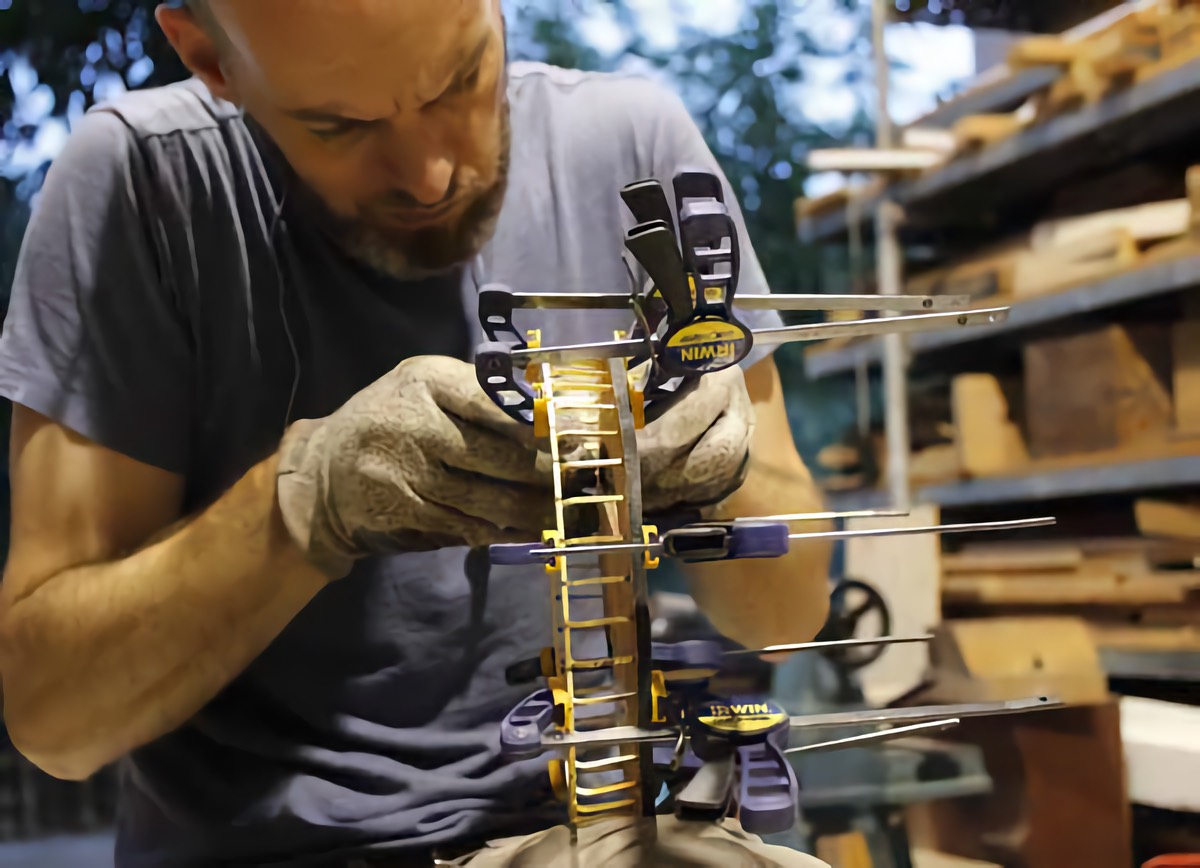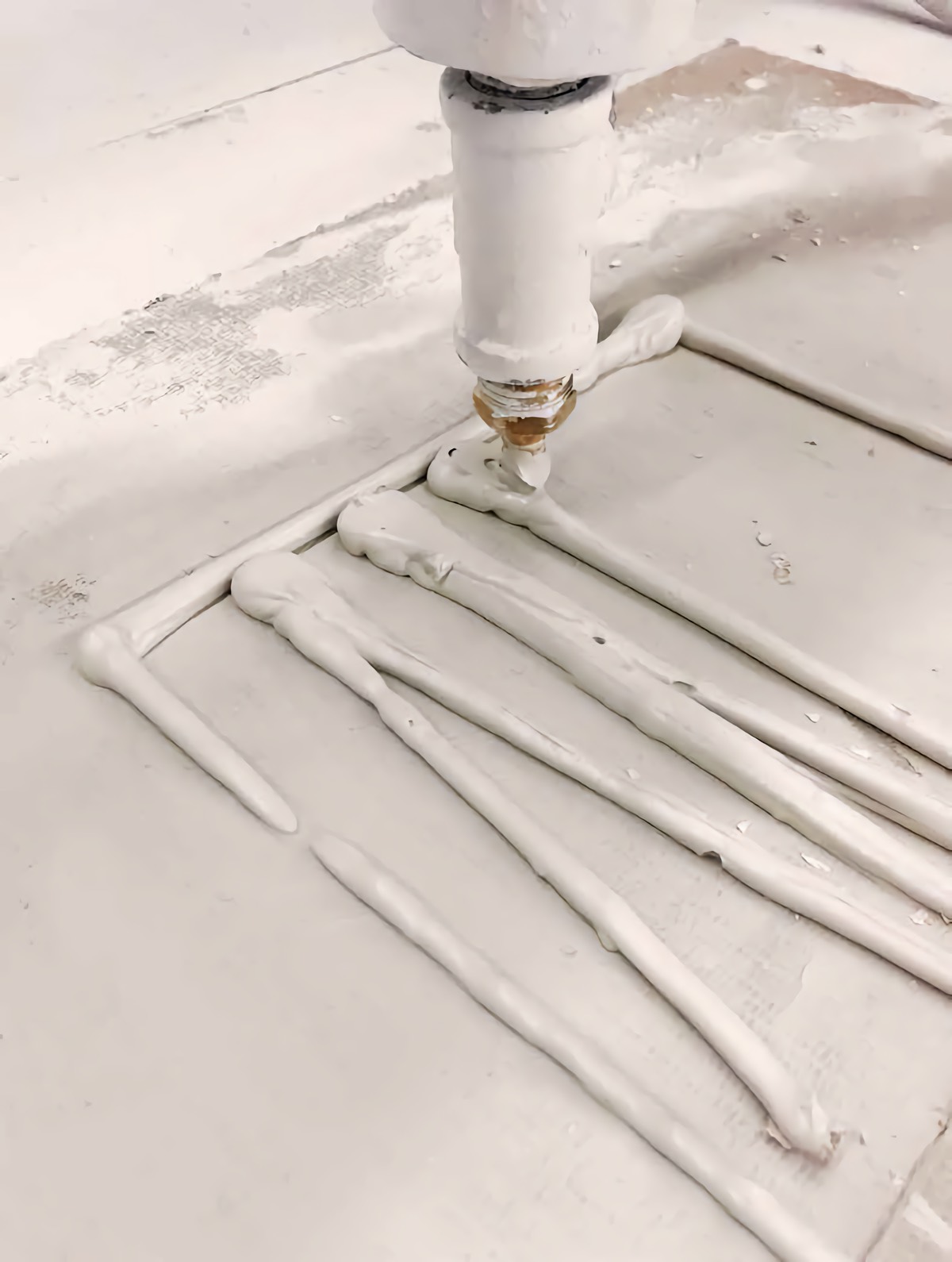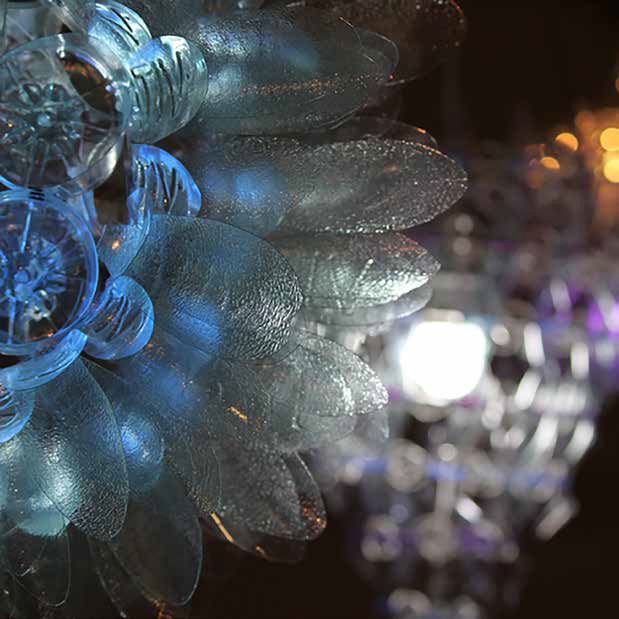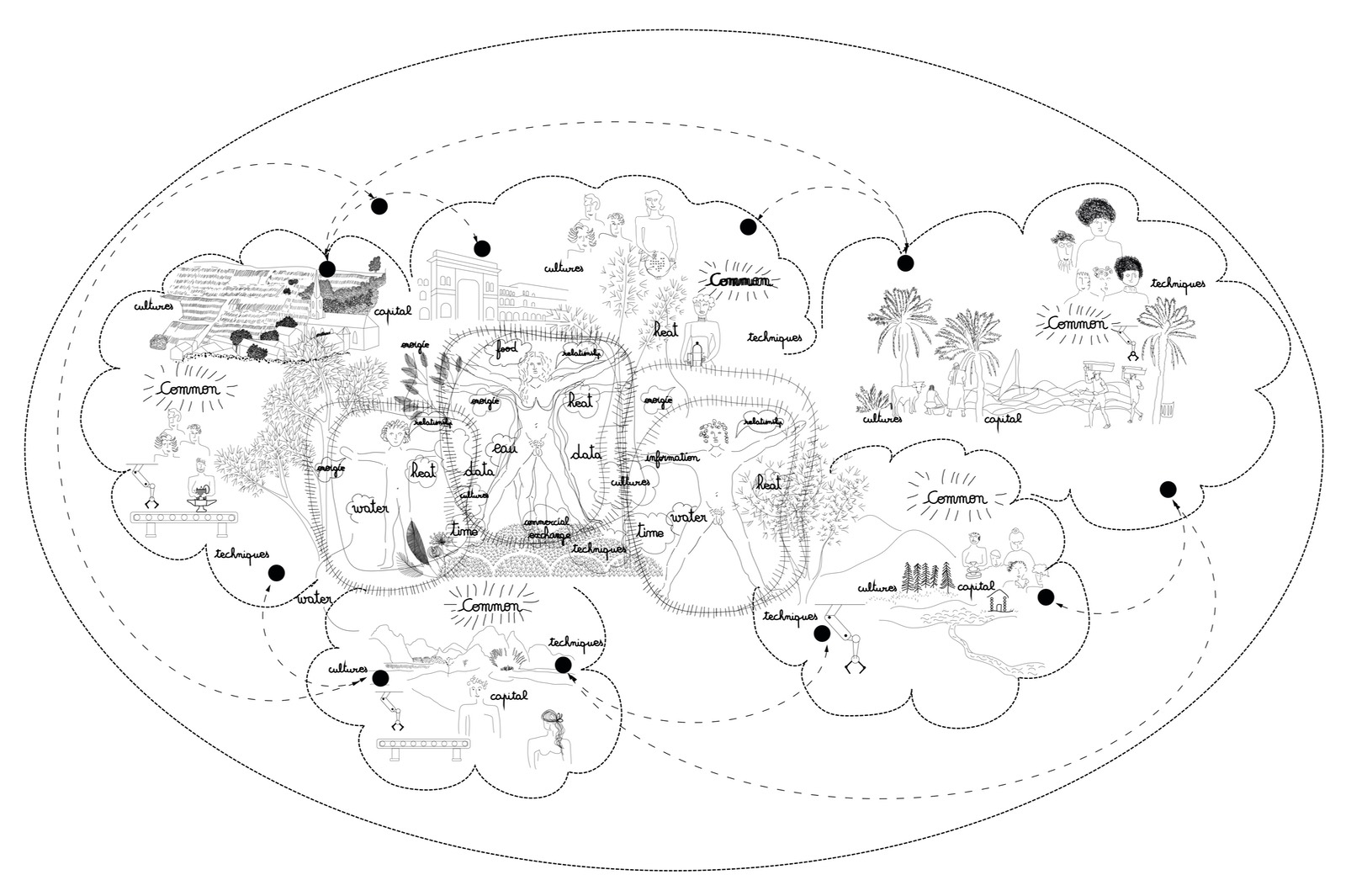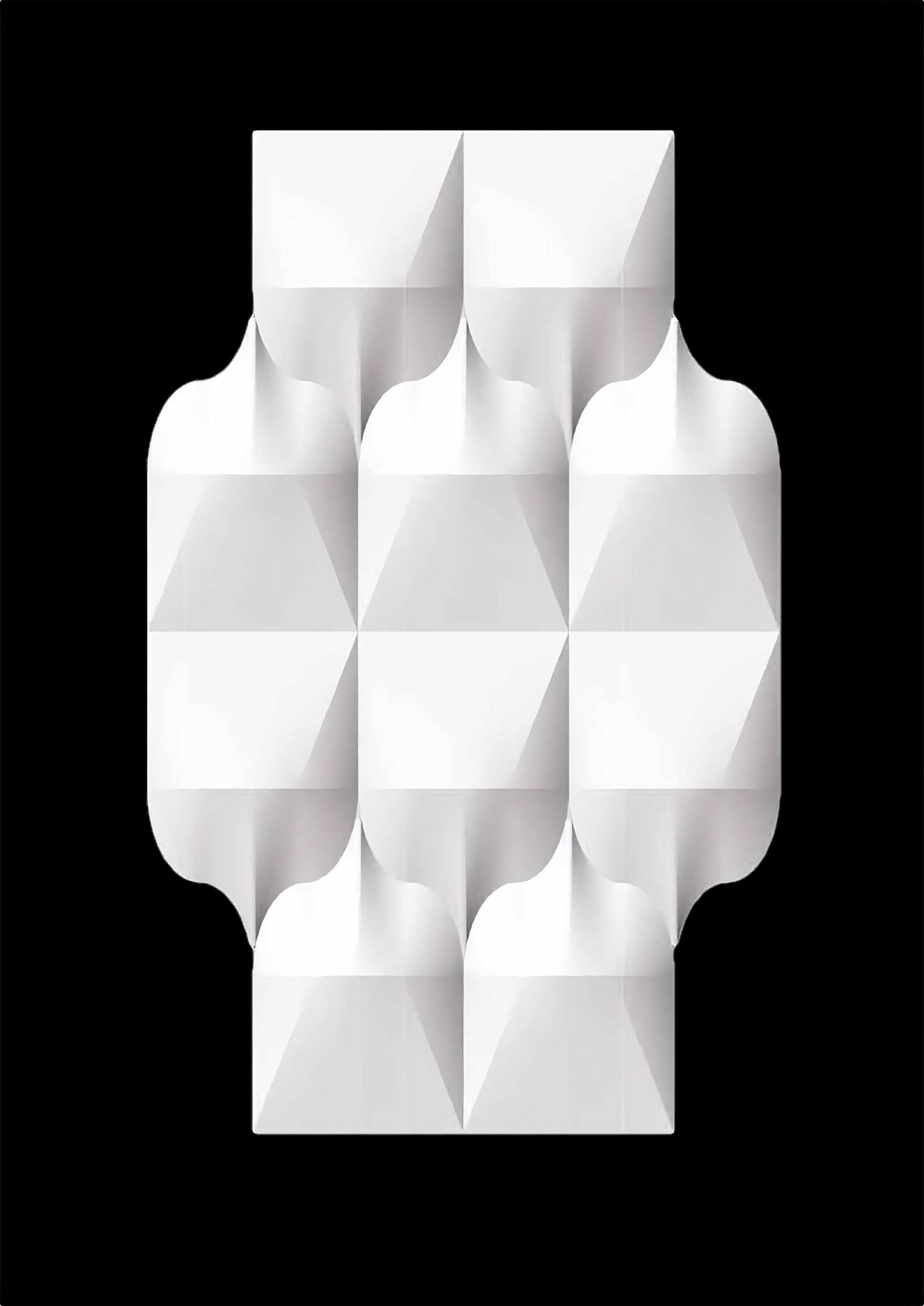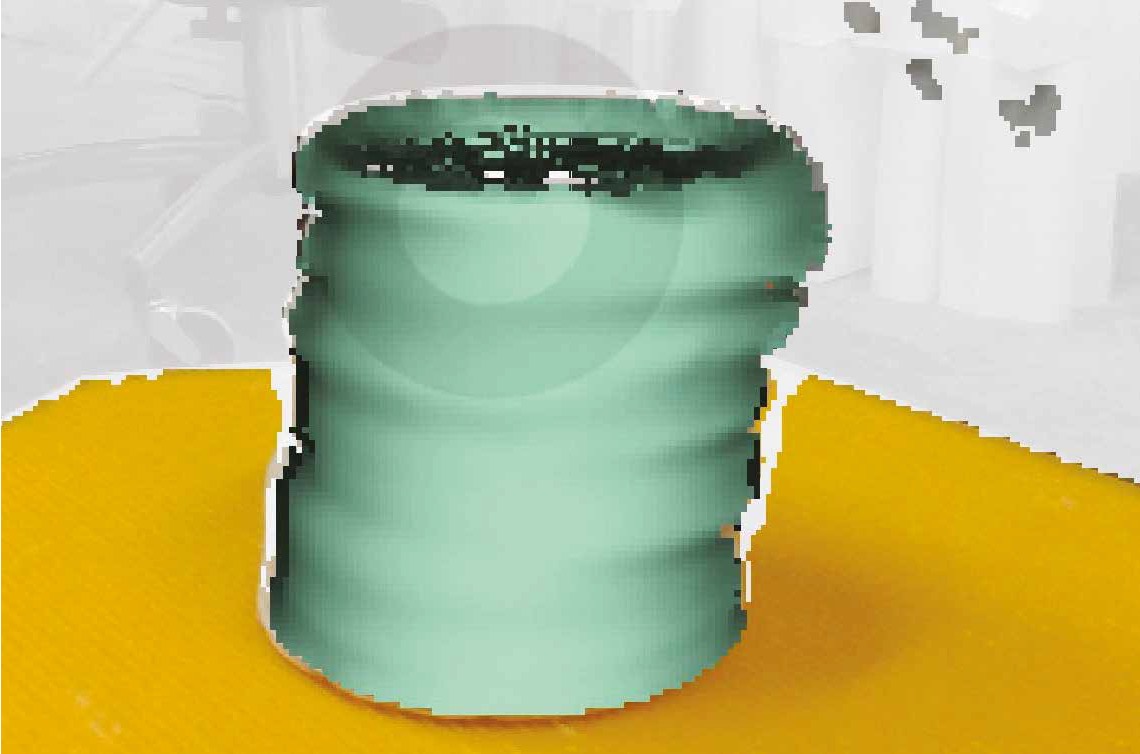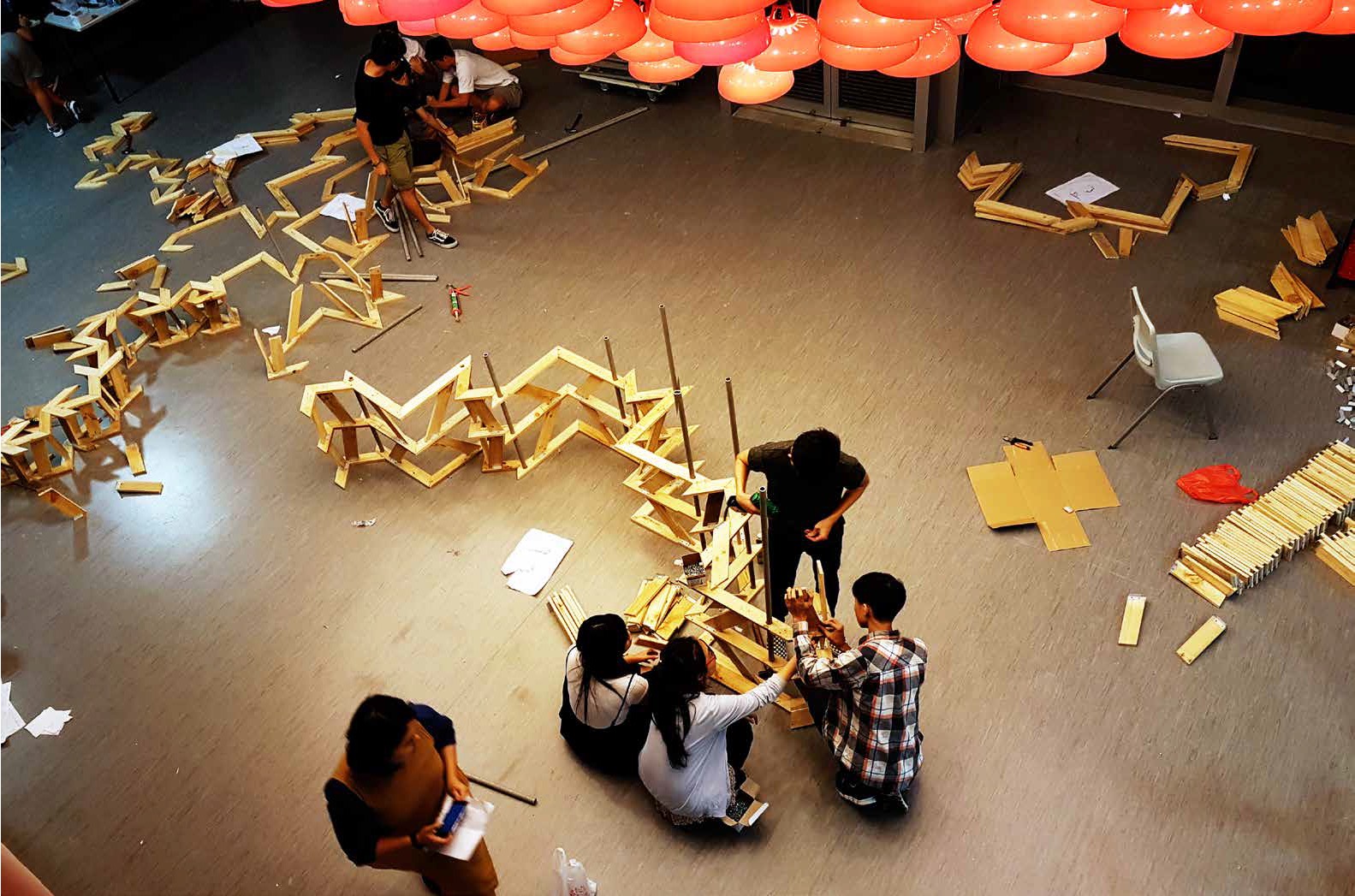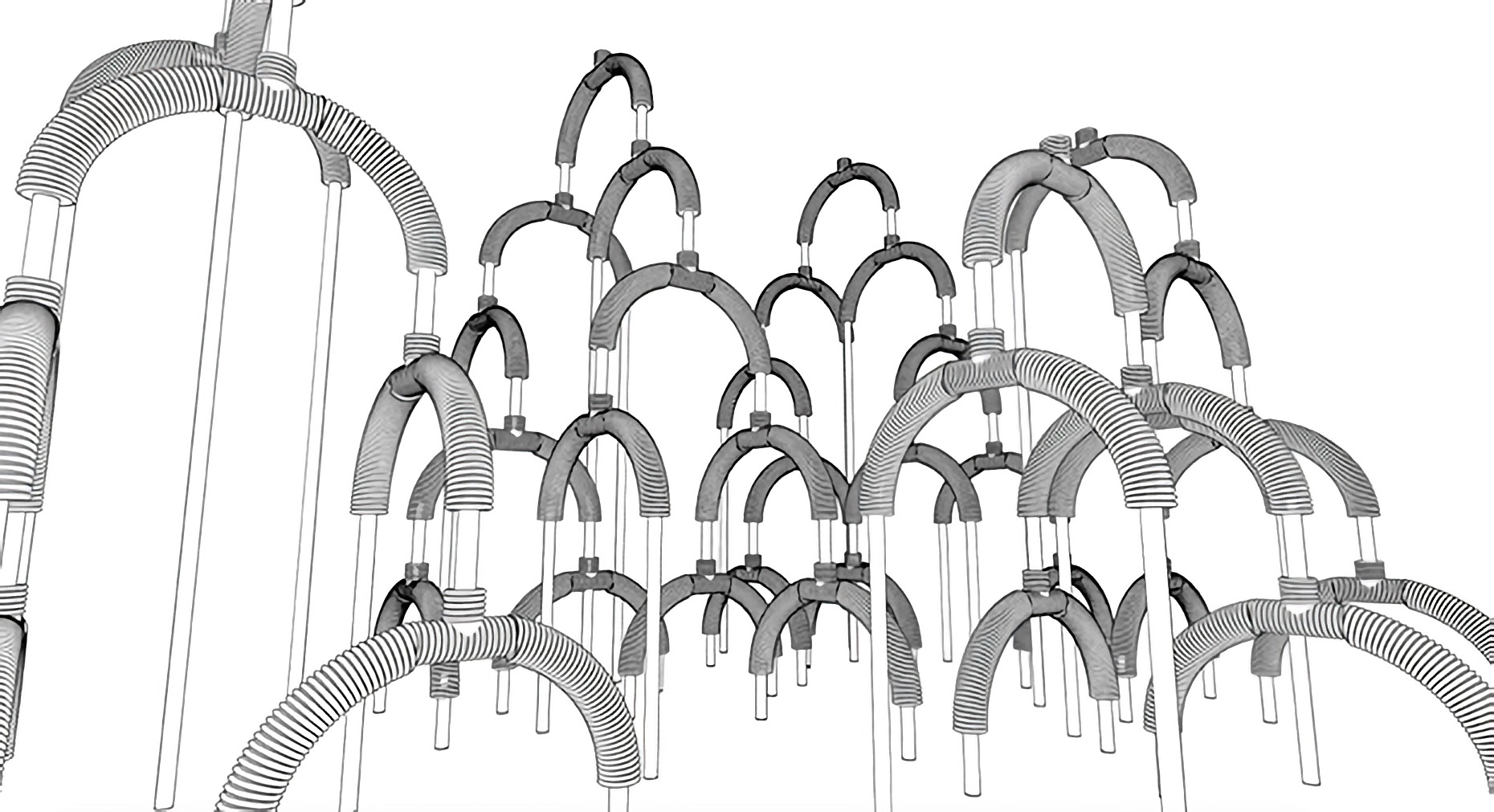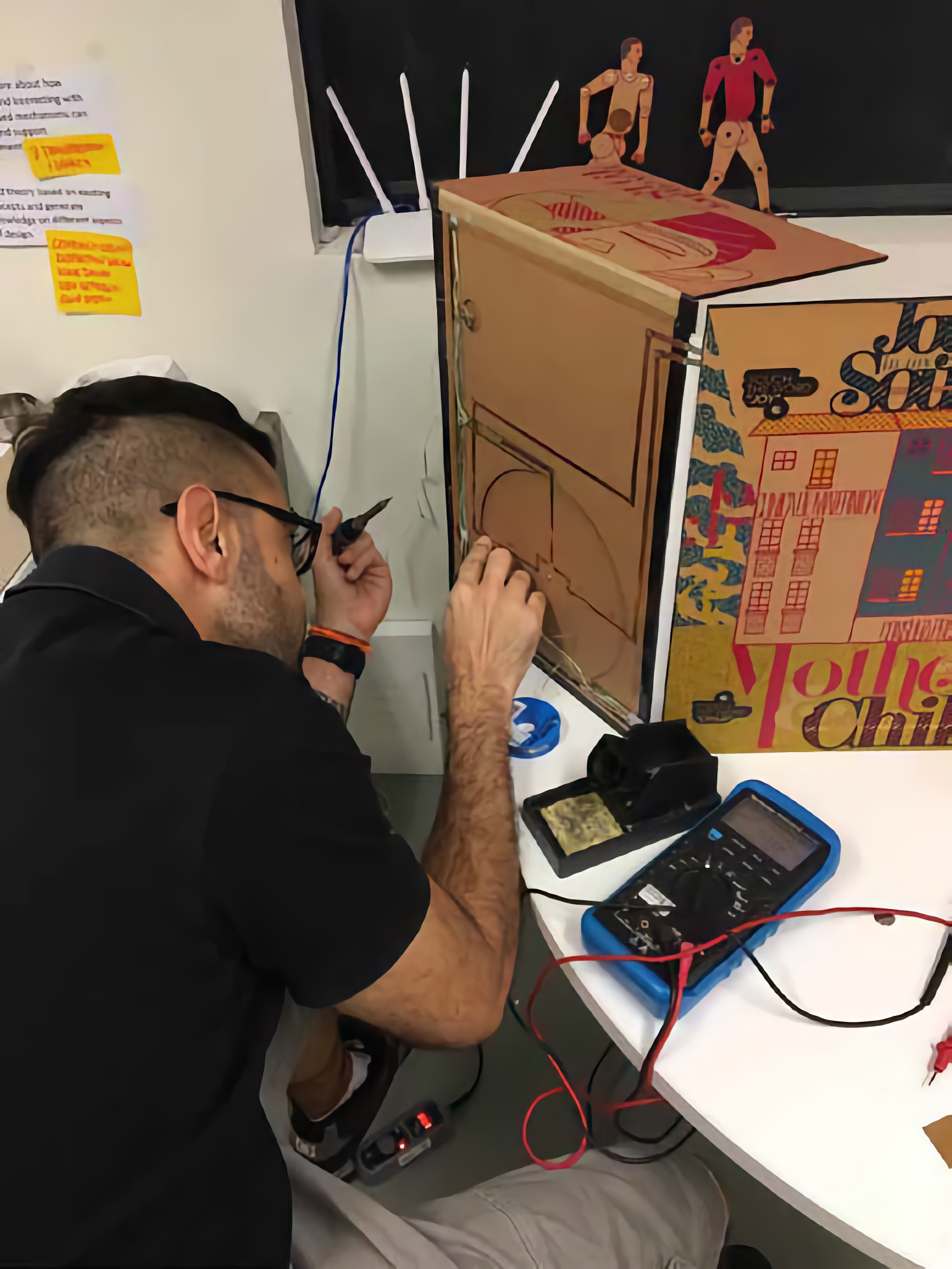
Issue Editors: Daniel Elkin & James Stevens
ISBN: 978-94-92852-10-6
Introduction
-
This issue of Cubic Journal concerns making, and the value-structures connected to the premise, before and after execution. Fifteen authors and constituent research teams present their work in manifested design research here. In this work, physical, semi-physical, and transitionally physical embodiments of objects, spaces, and prototypical design conjectures are part and parcel of the researchers’ progress. Embodiment neither preempts, nor follows their work, but is essentially the substance of research itself within these manuscripts. The editors collected this work as status-taking for...
Articles
-
This photo essay depicts the design and fabrication research that David Schafer and his team conducted through a grant from the Association of Siamese Architects (Thailand). His architecture and design practice crafted bespoke objects which investigate the value that hands-on making gives to an intuitive and embodied design. Seeking intimate relationships with the hand, skin, eyes, and body both before, during, and after manifestation, this work describes a material practice intimately familiar with making’s feedback mechanisms and constituent benefits to the design studio. They study...
-
The current advancement of this research within the construction sector is the missing link for bridging the gap between the digitisation of building processes and the fabrication of architectural components. Renewed market needs and contemporary design languages require increasingly in-depth digital proficiency for the management of representation and production. The primary challenge of turning digital data into matter in the building design field must be overcome in order to demonstrate a possible transfer of benefits for new constructions, or interventions on existing buildings. The...
-
Reflecting upon the constructionist model "learning-bymaking," prototyping (prototype making) as a product design and research approach is well recognised for assured development of innovative concepts in individual or collaborative working environments. A prototype is typically used as a tool to support experiments or interventions and to evaluate research goals. It also facilitates participatory design and user-centred design. However, it carries both coded and tacit knowledge that we, design educators and practitioners, find problematic to explain and instruct, particularly to...
-
What we design and how it is made are intimately connected. The need to make modular components is a consequence of construction methodology and disposition in production and manufacturing. With the prevalence of digital modelling, designers and architects use modularity not only as design strategy but also to explore new aesthetics. This article examines design and architectural projects that prioritise geometrical and dimensional constraints at different scales, to highlight modular systems as essential areas of research. Here, Material Architecture Lab put together a series of...
-
This article reflects the design community’s interest in Global Tools, a 1970’s radical movement in architecture and design, born in Italy and corresponding to a shift from design considered as a practice to a cultural movement that is able to propose new paradigms. Activists involved in making, such as Victor Papanek (1973), in a post-nuclear culture in The Whole Earth Catalog (1971), and by several actors in Aspen, Colorado in 1971, precipitated this movement to the design community. The movement questions the impact of a mass production and consumption model generating an economic,...
-
This article reflects on the disappearing carpentry tradition in a rural village called Miaoxia in Sichuan Province China. Since 2015, villagers, social workers, architects, and university scholars have been collaborating to look for alternative development possibilities in Miaoxia Village. The idea of using the local carpentry tradition has been one of the key focusses in the process. Since the Chinese Economic Reform in 1978, the influence of urbanisation and market economy in China has led the Chinese government to rethink the value of rural customs and traditions. While the country...
-
This paper describes improved pressure forming techniques, metal-forming methods related to industrial processes, but suited to lower capitalisation contracting or do-it-yourself (DIY) fabrication settings. Working from literature and previous research, the author describes advancements to the tooling’s capabilities, compared to other research vectors for double-axis curvature metal forming. These works connect fabricators’ situational constraints to value constructs that surround making’s particularity as research, and to values driving autonomous development construction networks. This...
-
Nearing the end of the second decade of the twenty-first century many craftspeople and makers are waking up to the inevitable reality that our next human evolution may not be the same, that this time it could be different. Klaus Schwab, Founder and Executive Chairman of the World Economic Forum refers to what we are beginning to experience as the Fourth Industrial Revolution (Schwab 2017, 01). Schwab and his colleagues believe that this revolution could be much more powerful and will occur in a shorter period than the preceding industrial and digital revolutions. This revolution will...
-
This paper is a positioning statement and expository article describing design and fabrication projects built by students and faculty of the Hong Kong Design Institute’s (HKDI’s) Architecture programme. Through a series of experimental design-build projects, HKDI faculty teaches students the knowledge and experience to be gained through personal fabrication work, whether wholly manual or digitally assisted. The author stages the work against a series of excerpts from notable architects’ writings, describing a field of study relating tacit knowledge, architectural education, and...
-
Arch 002 describes a design research investigation using off-the-shelf high-density polyethylene drainage pipe as a flexible concrete casting formwork through a process oscillating between digital design, physical fabrication, and digital fabrication methodologies. Through this process, the project team generated hypothetical architectures that serve to further develop their material counterparts. Drawing on contemporary casting technologies and historical structural modelling techniques, the experiments suggest a system for the encoding mass and force into three-dimensional forms,...
Abstract
-
This paper briefly reflects on two aspects of narrative: the use of multimodal analysis to understand the relationships between the senses and the narrative, as well as digital and physical content, and the implications brought from this analytical perspective on the design of interactive narratives. The latter, in particular, concerns narratives that involve tangible interaction and physical manipulation of objects. The creative process of Letters to José, a physical-digital hybrid nonfiction narrative, exemplifies this reflection. In this narrative, the person interacting with the...

